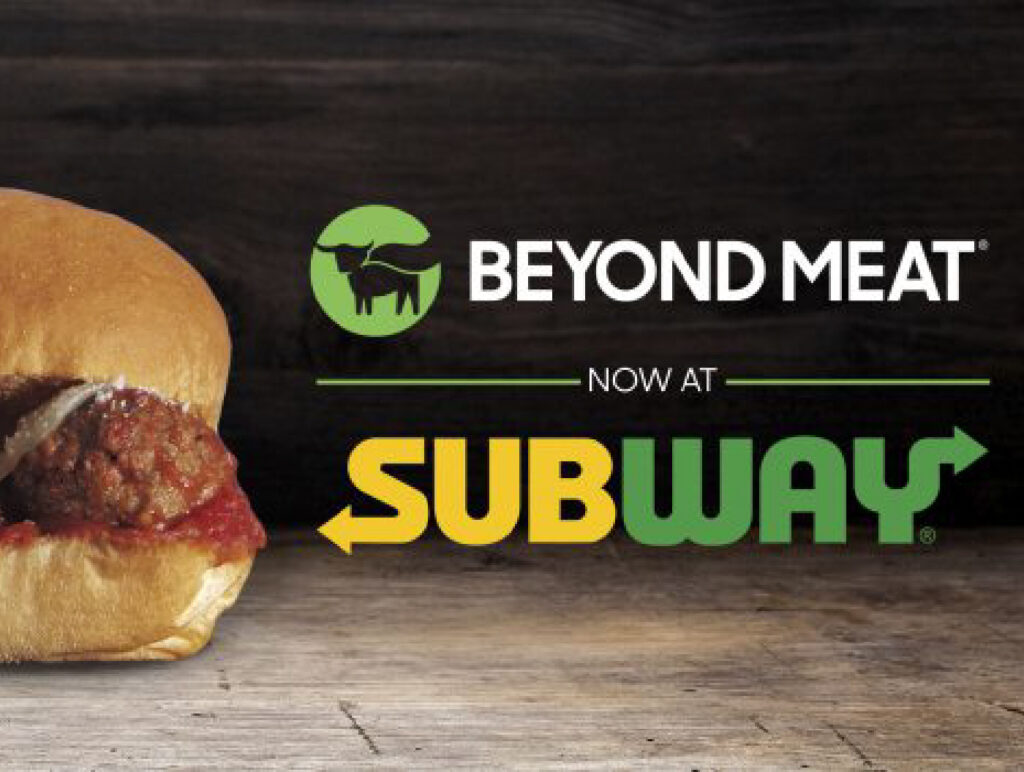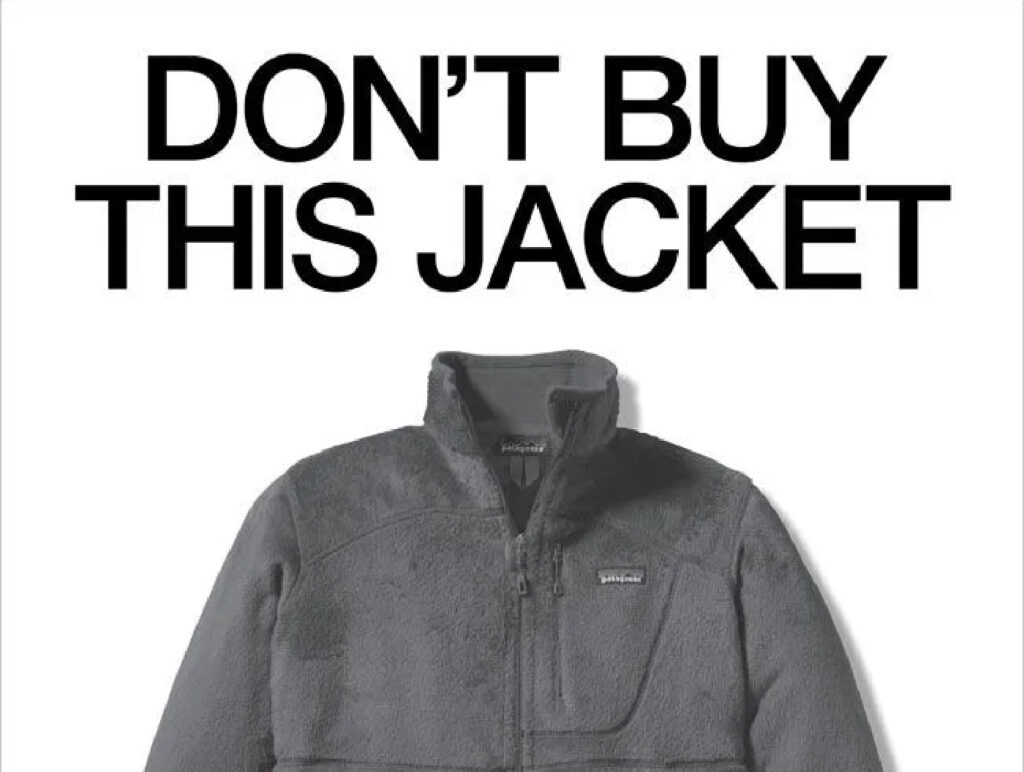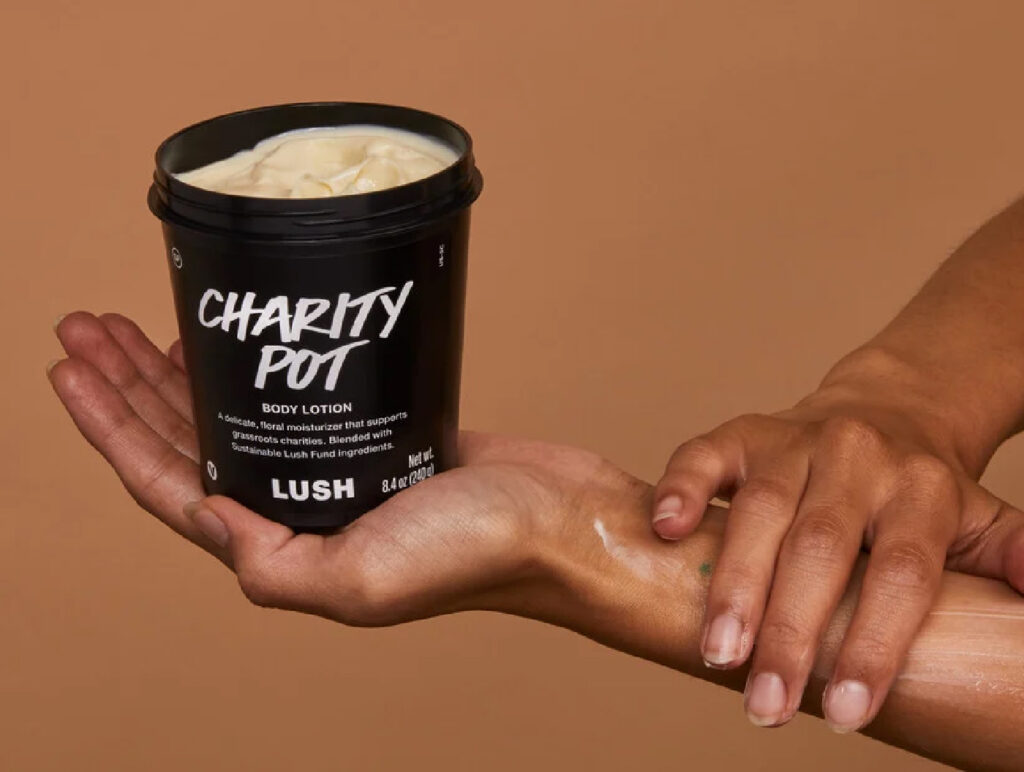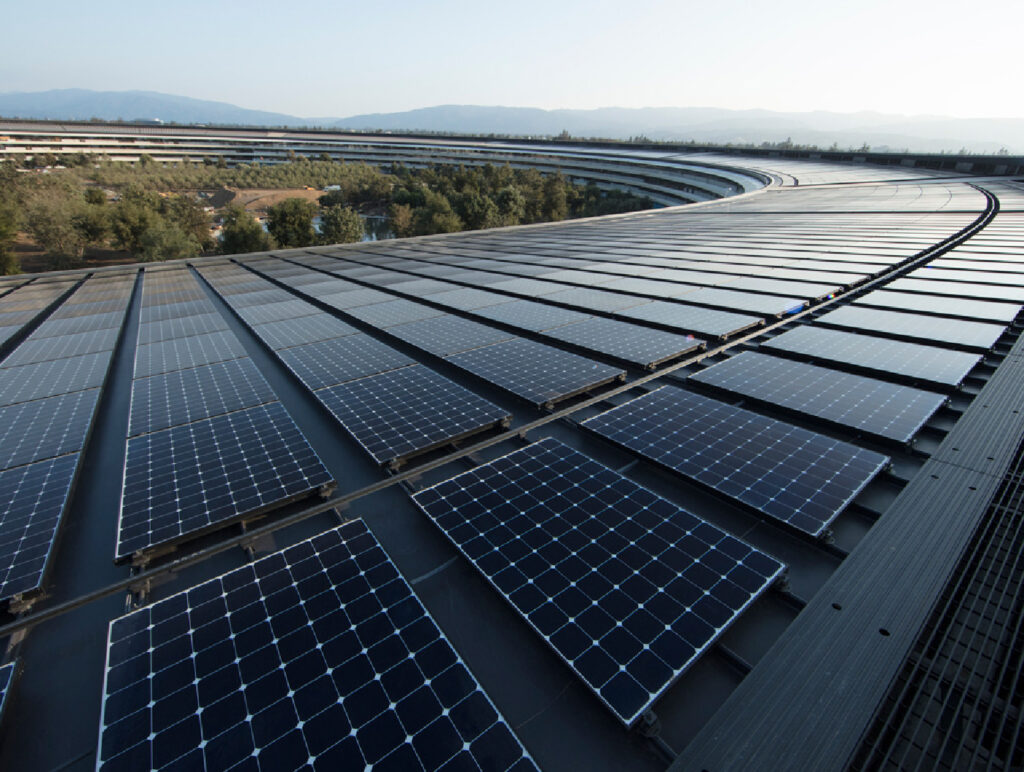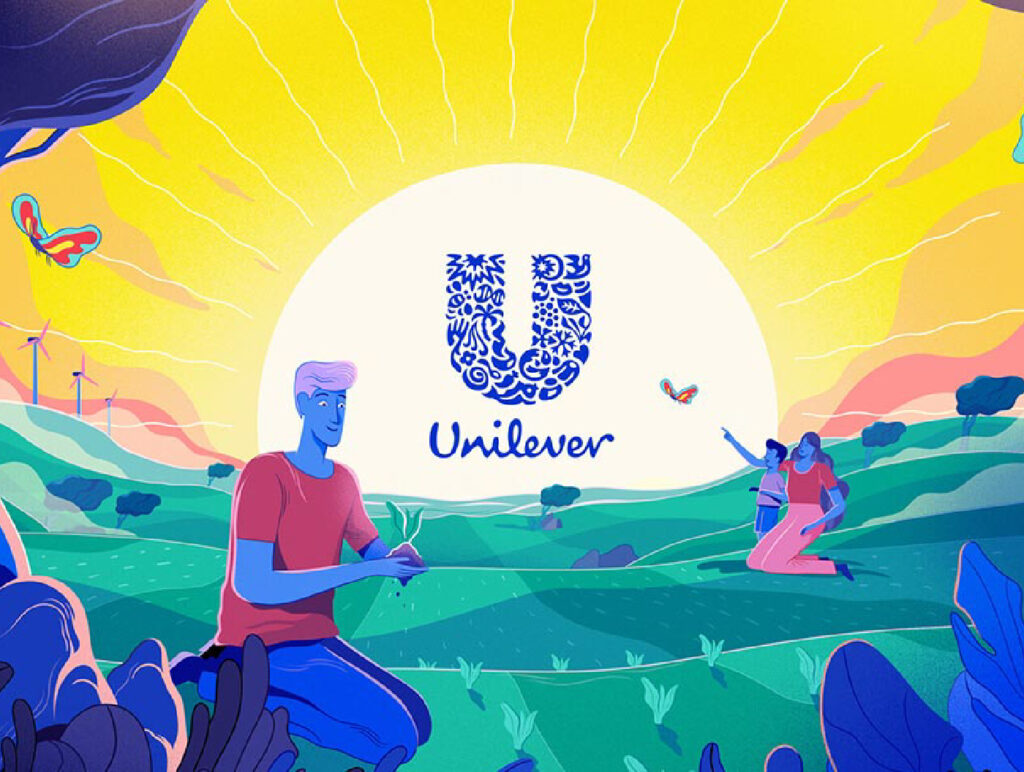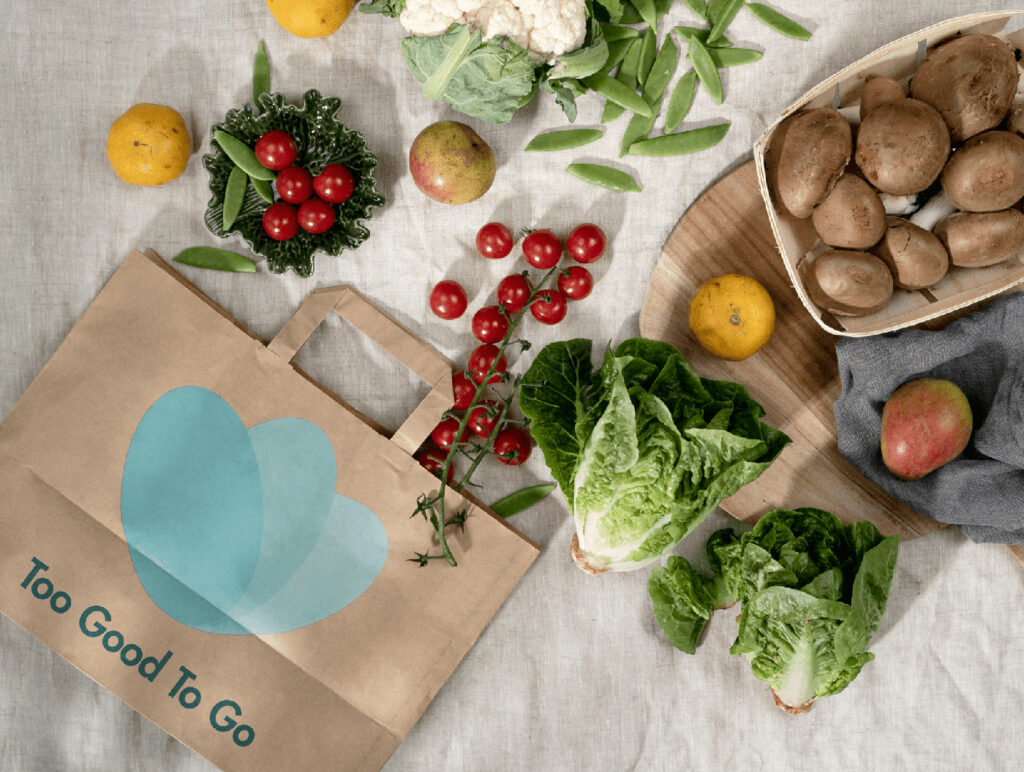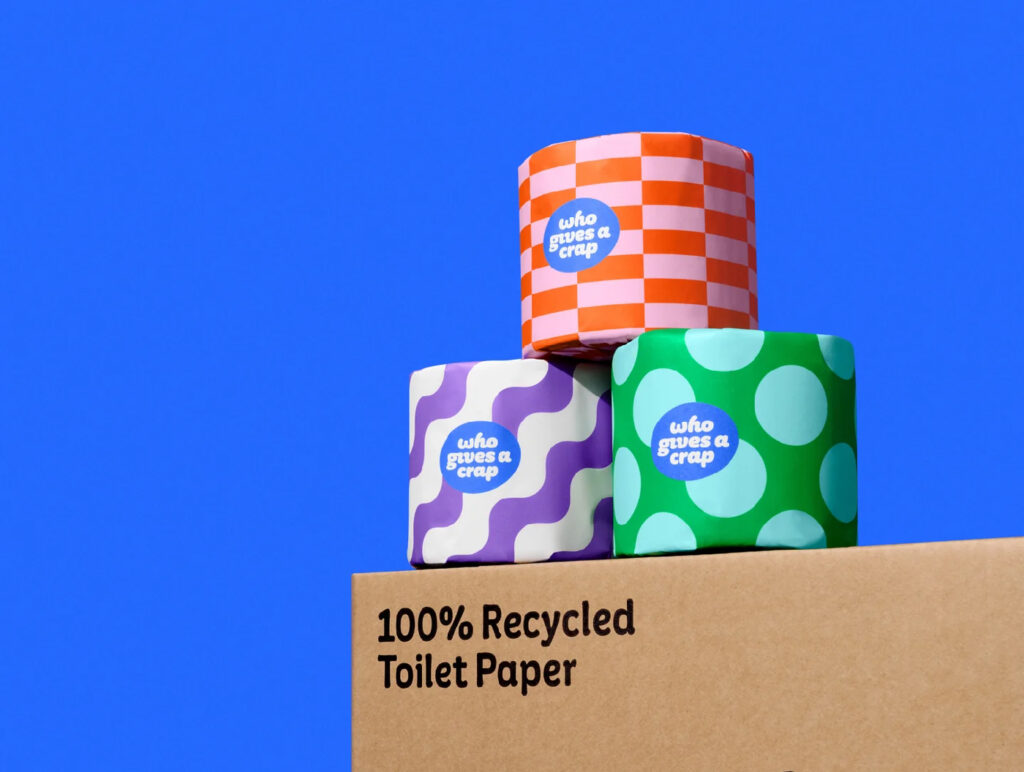Leading the green revolution: The best sustainability branding examples
In today's ever-evolving world, where environmental consciousness has become a global imperative, businesses are increasingly recognising the need for sustainable branding to make a positive impact and reduce the impacts of climate change.
From innovative packaging designs and eco-friendly production methods to green marketing and organisational sustainability initiatives, retailers across all industries are beginning to embrace sustainability as a core value and are placing environmental issues above profit in a radical shift that lays the foundation for a greener future for generations to come.
In this article, we delve into the forefront of the green revolution, presenting you with the very best sustainability branding examples that inspire and lead the way towards a more environmentally responsible future.
Whether you seek to revitalise your own eco-friendly brand strategy or integrate green practices into your design, the brands featured in this article are trailblazers in the world of sustainable branding. Let’s take a closer look!
What is sustainability branding?
Sustainability branding is all about integrating sustainable practices into the very core of a brand’s being and brand image. It goes beyond mere token gestures or greenwashing and instead, involves a strategic fusion of sustainable efforts and values into a brand’s DNA. This transformative process influences every aspect of the brand’s existence, from its brand identity and values to how it communicates with the world and even shapes its business strategy.
Sustainable companies take tangible steps to adopt eco-friendly practices and green initiatives throughout their operations. They embrace environmental responsibility and understand that environmentalism goes beyond mere box-ticking. Rather, it’s a social responsibility that should infuse every level of their organisation.
Sustainable branding not only helps to differentiate a brand in the market but also forges a deeper connection with environmentally conscious consumers. It demonstrates a brand’s commitment to making a positive impact and contributes to a greener future. By integrating green practices into their branding efforts, companies can enhance their reputation, build trust, and drive positive change within their industry and beyond. What’s to lose?
The elements of a sustainable brand
So, what exactly does sustainable branding look like? All green brands should have the following:
- A Green Purpose and Brand Values: Define a clear purpose and set of values that prioritise social responsibility.
- A Robust Sustainability Strategy: This roadmap serves as a comprehensive plan that outlines an organisation’s approach to addressing environmental, social, and economic issues while pursuing its business goals. It is a strategic framework that integrates green principles and practices into the organisation’s core operations and decision-making processes.
- Sustainable Product Innovation: Develop and offer products that are environmentally friendly and socially responsible. This involves considering the entire lifecycle, from sourcing sustainable materials to promoting recycling and reducing waste.
- Supply Chain Management: Ensure responsible sourcing, fair labour practices and minimise environmental impacts across the supply chain, including sourcing sustainable materials and using sustainable packaging.
- Environmental Impact Reduction: Take active steps to reduce energy consumption, carbon emissions, water usage, waste generation, and pollution.
Twelve brands to look up to for their sustainable branding
These incredible, forward-thinking companies have gone above and beyond to infuse their brand strategies with eco-friendly practices and principles. We all have something to learn from their example – so let’s take a look at how they achieve it!
1. Starbucks
Iconic coffee giant, Starbucks, has firmly established itself as a leading eco-friendly brand. From coffee bean to cup, Starbucks reduces its carbon footprint and promotes a greener future.
A green brand through and through, Starbuck’s ethically source their coffee beans, supporting sustainable farming and fair wages. Moreover, they have implemented energy-efficient measures to reduce water and energy consumption while also incorporating renewable energy sources into their operations.
The brand also establishes a foundation of transparency and is willing to educate its customers. In order to build trust and loyalty with environmentally conscious customers, Starbucks shares information about initiatives such as the Coffee and Farmer Equity (C.A.F.E.) Practices program, which guarantees ethical treatment of farmers and promotes sustainable farming methods.
Starbucks even incorporates sustainable design elements in its shops. To minimise energy consumption and waste, the company uses eco-friendly materials, energy-efficient equipment, and innovative technologies to get LEED certification for its stores.
Starbucks sets the standard for sustainable business practices – from their brand messaging to their products and cafes – their commitment to a greener future is clear to see.
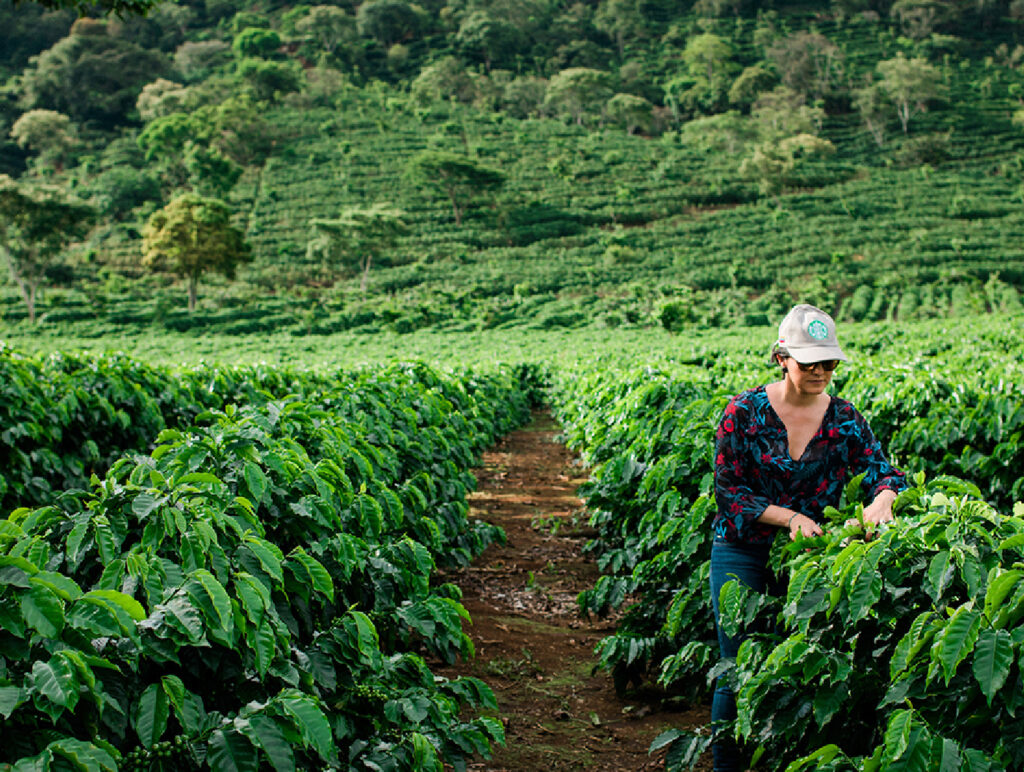
2. Beyond Meat
Beyond Meat has absolutely crushed it in the sustainability branding game, establishing itself as a true pioneer in the world of plant-based meat alternatives. While others have dabbled in this arena, Beyond Meat has managed to captivate environmentally conscious consumers on a global scale. They know exactly what their target audience values: activism, transparency and accountability -which is why they openly share information about ingredient sourcing, production processes, and product life cycle assessment, earning the trust and respect of their customers. Beyond Meat really did understand the assignment.
But they don’t stop there. Beyond Meat is on a mission to be carbon neutral, and they’re not afraid to shout it from the rooftops. They proudly highlight the fact that their plant-based alternatives are way more resource-efficient and produce significantly lower greenhouse gas emissions than traditional meat. It’s a one-two punch of flavour and sustainability that speaks directly to the growing global concern for eco-friendly food choices.
And their strategic brand partnerships deserve a shoutout. They’ve teamed up with heavy hitters like McDonald’s and Subway, bringing their plant-based goodness to the masses. By aligning themselves with industry giants, they’ve catapulted their brand into the mainstream and made plant-based alternatives the new normal.
They’re disruptors, innovators, and eco-warriors all rolled into one. While plant-based meat alternatives aren’t new products, Beyond Meat has nailed its sustainable branding with gusto, leaving its competitors scrambling to catch up!
3. Patagonia
When it comes to green branding, outdoor fashion brand Patagonia is an absolute champion. They’ve not only established themselves as a frontrunner in sustainable fashion but have become true champions of the environment.
With a genuine and transparent supply chain, they prioritise using eco-friendly, recycled materials, ensuring their impact on the planet is as minimal as possible. But Patagonia goes above and beyond their products. They’re known for their fearlessly outspoken activism. They use their platforms – from their website and social media to their marketing campaigns and in-store design – to raise awareness and take a stand on critical issues like climate change and land conservation.
Patagonia also encourages a mindset of durability and repair. They believe in buying less but buying better, and their products are built to last. Plus, they offer repair services to give their beloved items a new lease on life. By discouraging the throwaway culture and promoting responsible consumption, they inspire consumers to make choices that align with their values and have a positive impact on the environment.
4. Nike
When it comes to sustainable branding, Nike truly stands out as a powerhouse in the industry. Their commitment to environmentalism runs deep within the core of their brand.
Nike is determined to make a real impact in the world. They have set ambitious goals to reduce their environmental footprint and take a stand against climate change. By choosing sustainable materials like recycled polyester and organic cotton, they actively work towards minimising waste and conserving resources. They are fearless in pushing boundaries and seeking out innovative solutions, even in areas such as leather, to find sustainable alternatives.
Investing in eco-friendly manufacturing processes ensures that Nike’s products are not only fashionable but also environmentally friendly. As part of its commitment to sustainability, the brand offers clothing made from 50 % recycled materials. They have also introduced a line of shoes that incorporate 20 % recycled materials.
However, Nike’s dedication to the environment extends beyond the environment. They understand the significance of social sustainability and inclusivity. Through community development programmes, they create opportunities for underrepresented groups and broaden the scope of representation. Nike strives to be a brand that genuinely cares about its employees and the communities it serves.
5. Lush
Lush is an unstoppable force when it comes to creating ethical and eco-friendly cosmetics. At the heart of Lush’s mission is their commitment to using natural, ethically sourced ingredients that are completely free from harmful chemicals. They don’t just talk the talk; they walk the walk by carefully formulating their products to ensure the highest quality without compromising the environment.
Lush’s innovation extends to their packaging solutions, where they truly excel. They’re constantly pushing the boundaries to minimise waste and reduce their environmental impact. Whether it’s plastic-free options, recyclable materials, or using recycled packaging, Lush is a true leader in finding creative ways to protect our planet. And let’s not forget their iconic naked products.
But Lush’s commitment to environmentalism goes even further. They support non-profit organisations and grassroots campaigns that fight for environmental conservation, animal welfare, and human rights. Their Charity Pot program, which donates a portion of their sales, is a shining example of their dedication to creating a better world.
Their shops are more than just places to buy products; they’re immersive spaces designed to spark conversations and inspire change. And even better, Lush empowers consumers to make informed decisions by providing information about their ingredients and the social and environmental impact of their products. They’re truly committed to spreading the message of ethical consumerism.
6. Apple
Apple’s sustainable branding is nothing short of extraordinary – and we don’t say that lightly! They have completely transformed the tech industry by wholeheartedly embracing sustainability in every fibre of their brand. From renewable energy to product design, transparency, and social responsibility, they’ve set the gold standard for sustainable practices.
Their commitment to renewable energy is awe-inspiring, as they strive to power their operations worldwide solely through renewable sources. With innovative solar farms and wind turbines leading the way, they’re blazing a trail towards a cleaner, greener future.
Their product design is also a true game-changer. Their devices are not only sleek and stylish but also built to withstand the test of time. By prioritising quality and longevity, Apple discourages the throwaway culture so prevalent in the tech industry. This not only reduces electronic waste but also puts more money back in the pockets of their loyal customers. It’s a win-win
And when it comes to waste reduction, Apple takes proactive steps that make a real difference. They design their products with recyclability in mind, ensuring responsible handling of old devices and the recovery of valuable materials.
7. Ikea
IKEA stands at the forefront of sustainable branding, revolutionising how we perceive and consume furniture. With an unwavering commitment to environmental responsibility, IKEA has seamlessly integrated environmental consciousness into every aspect of its business model.
From the very materials they choose to the designs they craft, IKEA’s sustainable initiatives are innovative and leave a lasting impact. Their use of renewable resources and energy-efficient designs showcases a blend of creativity and eco-consciousness, and by offering affordable yet eco-friendly products, they have shattered the misconception that green living is a luxury reserved for a privileged few. Instead, they have opened wide doors to environmentally friendly living, inviting the masses to embrace a greener way of life.
Beyond products, IKEA’s transparent communication and dedication to social and ethical responsibility have earned them the trust and loyalty of consumers worldwide. Their renowned Buyback and Resell scheme deserves enthusiastic applause. This ingenious sustainable marketing strategy goes above and beyond by offering to buy back used IKEA furniture, making a significant contribution to the environment.
By directly curbing furniture waste and preventing it from ending up in landfills, this initiative showcases IKEA’s unwavering commitment to sustainability. Not only does it encourage responsible consumption, but it also allows customers to participate actively in the circular economy, giving their furniture a new lease on life.
8. Unilever
A key factor in Unilever’s success is their long-term vision. Recognising that sustainable practices are not mere trends but essential for the future, Unilever made a bold decision to align their brand with eco-consciousness, infusing it into their branding strategy, purpose and mission.
Their commitment to achieving net-zero emissions throughout their value chain by 2039 is exemplified through the Unilever Climate Promise, which encourages their supply partners to join them in reducing their greenhouse gas emissions.
They also passionately advocate for important social causes such as fair trade, gender equality, and inclusivity, incorporating these values throughout their operations. By actively pursuing sustainable sourcing of raw materials and ensuring fair labour practices, Unilever creates a positive impact that ripples through their supply chain, uplifting local communities and fostering sustainable economic growth.
9. Too Good To Go
Fuelled by an unwavering passion for combating food waste, Too Good To Go have revolutionised our perception of food consumption. Their platform connects consumers with surplus food from restaurants and supermarkets, offering a green solution to reduce waste and reshape our approach to food.
Through catchy slogans, vibrant visuals, and a user-friendly interface, Too Good To Go has managed to captivate the hearts and minds of eco-conscious consumers, making sustainability both accessible and enjoyable. Every download of their app and every rescued meal serves as a powerful contribution to combating food waste. Simply by downloading their unique app, people worldwide can actively participate in the fight against food waste.
Recognising that the food system is a significant driver of deforestation, Too Good To Go has taken steps to protect the Peruvian Amazon and preserve biodiversity. Their REDD+ Project not only teaches renewable agriculture practices but also provides employment opportunities for local communities, creating a green food system while empowering those directly involved.
10. Who Gives A Crap
Who Gives A Crap has turned the toilet paper industry on its head with their playful approach. Offering toilet paper made from 100% bamboo or recycled fibre, they have garnered worldwide attention by providing extra soft and environmentally friendly options.
What sets them apart is their commitment to using their business for good. A significant portion of their profits goes towards supporting sanitation initiatives, redefining what it means to be a green brand.
With their eye-catching branding, vibrant packaging, and unwavering transparency, Who Gives A Crap has become a go-to choice for eco-conscious consumers – from millennials to baby boomers. They have become more than just a brand; they have become a movement that motivates us to make a difference, one roll at a time.
Who Gives A Crap embodies the epitome of a fantastic green brand, showcasing that even the simplest of products can have a profound impact on our planet.
11. Amazon
Taking impressive strides to establish itself as a green brand, Amazon continues to demonstrate an unwavering commitment to protecting the environment.
Their goal of achieving net zero carbon emissions by 2040 is not just a distant dream but a well-planned roadmap supported by real actions. They have implemented energy-efficient practices in their vast network of fulfilment centres and are actively promoting the adoption of electric vehicles for deliveries. Through these actions, Amazon sets a powerful example for other companies, encouraging them to prioritise environmental responsibility.
One area where Amazon truly shines is in minimising packaging waste. They have come up with innovative solutions like Frustration-Free Packaging, which demonstrate their determination to reduce their environmental footprint. It’s inspiring to see such a comprehensive approach to sustainability from a company of Amazon’s scale and influence.
Amazon’s actions prove that profitability and environmental responsibility can go hand in hand. They have shown that being a great green brand is not just an aspiration but an achievable reality.
12. The Body Shop
Cosmetics retailer, The Body Shop is world-renowned for its commitment to environmental leadership and cruelty-free product development.
They have been pioneers in advocating against animal testing in the cosmetics industry, becoming one of the first companies to introduce a strict no-animal-testing policy. By offering a wide range of cruelty-free and vegan options, they have created a loyal customer base that aligns with their values.
The Body Shop places great emphasis on responsible sourcing of ingredients. They work closely with local communities and farmers, ensuring fair trade practices and supporting sustainable livelihoods. By sourcing natural ingredients from around the world, they contribute to preserving biodiversity and supporting biodiversity-rich habitats.
The brand also takes vital steps to address issues concerning the rights of farmers, humans, and women. They empower women through their Community Fair Trade program, which supports female entrepreneurs and workers. They also contribute to charitable causes, advocating for human rights, education, and environmental conservation.
They key takeaways
Whether you’re a CEO or a mid-weight employee, you have the power to contribute to a more eco-friendly world.
From innovative packaging designs that minimise waste and eco-friendly production methods that reduce carbon footprint to green marketing campaigns that educate and inspire, companies are actively engaging in sustainable practices and making conscious efforts to address the pressing environmental challenges we face today.
In this article, we’ve explored some of the best examples of green branding, highlighting businesses across the market that are leading the way towards a more sustainable future. By demonstrating that it is possible to succeed in business while being aware of our ecological footprint, these examples exemplify the creative scope and environmental impact of placing our planet first.
Want to get started on your own sustainable branding journey?
Just like any other form of branding, implementing and perfecting green branding takes time. It is a long-term commitment that demands dedication, creativity, and collaboration.
Whether you’re seeking to transform your packaging or establish a more environmentally friendly brand, we’d love to help.
With our expertise in sustainable practices and branding, we can empower you to make a positive impact. As a passionate and dedicated team of individuals, we recognise the areas where we can contribute social value and generate tangible, positive effects. Together, we can create a brand that not only resonates with your audience but also contributes to a greener future.
Feel free to reach out to us if you would like our assistance in making sustainability the driving force behind your brand’s success. We’d love to hear from you.
